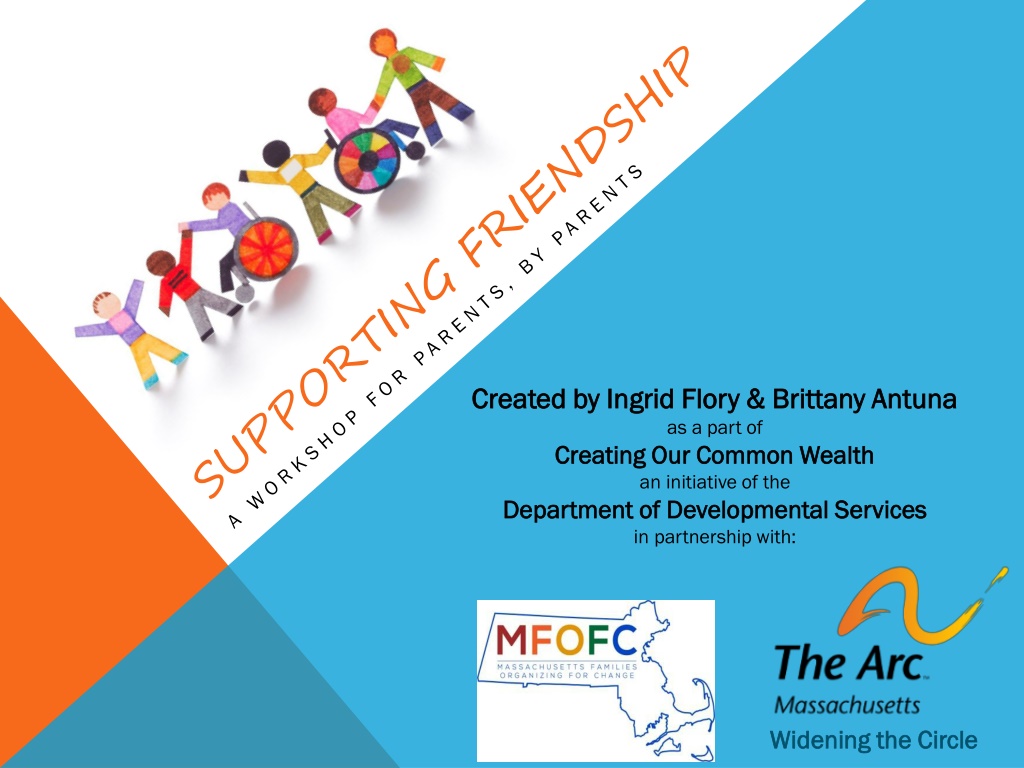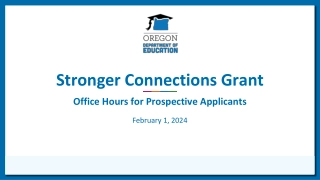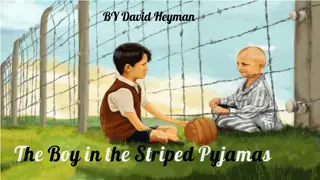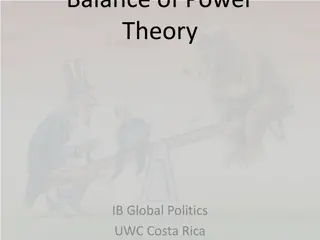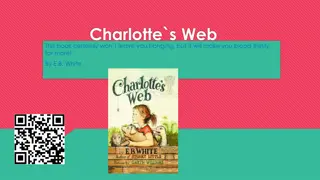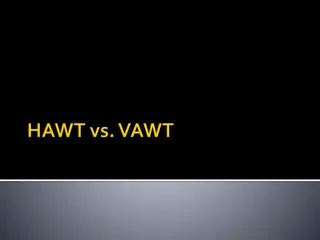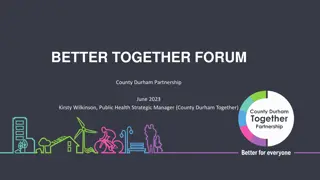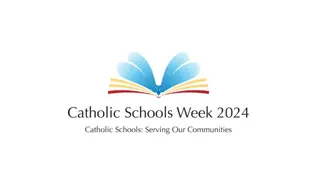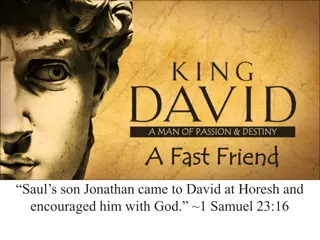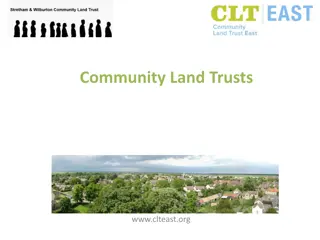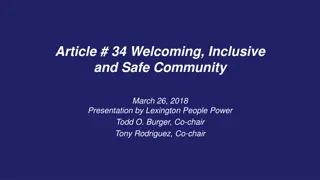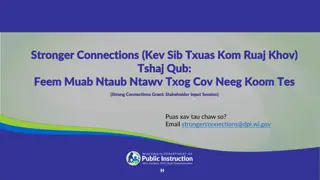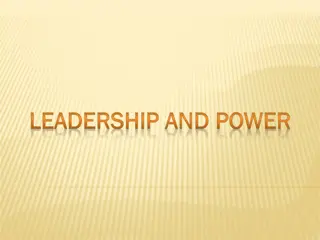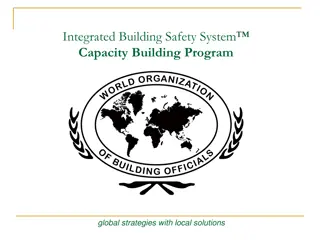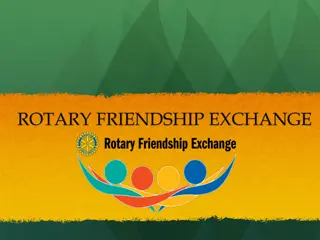The Power of Friendship in Building Stronger Communities
Exploring the profound impact of friendship on individuals, families, and communities. From promoting happiness and well-being to fostering inclusivity and creating opportunities, friendships play a vital role in enhancing social connections and breaking barriers.
Download Presentation

Please find below an Image/Link to download the presentation.
The content on the website is provided AS IS for your information and personal use only. It may not be sold, licensed, or shared on other websites without obtaining consent from the author.If you encounter any issues during the download, it is possible that the publisher has removed the file from their server.
You are allowed to download the files provided on this website for personal or commercial use, subject to the condition that they are used lawfully. All files are the property of their respective owners.
The content on the website is provided AS IS for your information and personal use only. It may not be sold, licensed, or shared on other websites without obtaining consent from the author.
E N D
Presentation Transcript
Created by Ingrid Flory & Brittany Antuna Created by Ingrid Flory & Brittany Antuna as a part of Creating Our Common Wealth Creating Our Common Wealth an initiative of the Department of Developmental Services Department of Developmental Services in partnership with: Widening the Circle Widening the Circle
I WOULD RATHER WALK WITH A FRIEND IN THE DARK THAN ALONE IN THE LIGHT. HELEN KELLER 2
THINKING ABOUT FRIENDSHIP Think about a good friend. On the paper provided, write down: Think about a good friend. On the paper provided, write down: Their Name Their Name Then share with the group: Then share with the group: Where You Met Where You Met How Long You Have Been Friends How Long You Have Been Friends One Quality or Characteristic That You Love About Your One Quality or Characteristic That You Love About Your Friend Friend 3
FRIENDSHIPS BENEFIT EVERYONE Being HAPPIER! Being HAPPIER! Being HEALTHIER! Being HEALTHIER! Being SAFER! Being SAFER! Reducing isolation and loneliness. Reducing isolation and loneliness. Increasing self Increasing self- -confidence. confidence. Being exposed to more perspectives. Being exposed to more perspectives. Being part of a larger circle that may lead to jobs, Being part of a larger circle that may lead to jobs, intimate relationships, and other opportunities. intimate relationships, and other opportunities. GOOD RELATIONSHIPS KEEP US HAPPIER AND HEALTHIER. PERIOD. Robert Walinger, Director of Harvard Study of Adult Development 4
FRIENDSHIPS BENEFIT OUR FAMILIES Natural opportunities for respite. Natural opportunities for respite. Opportunities for other family members to connect. Opportunities for other family members to connect. Disability often isolates whole families. Disability often isolates whole families. Peace of mind knowing that their family member truly Peace of mind knowing that their family member truly BELONGS. BELONGS. Natural opportunities for your child to increase their Natural opportunities for your child to increase their social skills. social skills. 5
FRIENDSHIPS BENEFIT OUR COMMUNITIES Enhancing perceptions about people with disabilities Enhancing perceptions about people with disabilities Creating more inclusive attitudes and opportunities in Creating more inclusive attitudes and opportunities in the community the community Teaching community members how to be friends with Teaching community members how to be friends with people who have differences people who have differences 6
LETS BE INCLUSIVE IN OUR FRIENDSHIPS! We all benefit from having friends who are like us, We all benefit from having friends who are like us, and friends who are different from us. and friends who are different from us. We want to bring that same diversity of choice and We want to bring that same diversity of choice and experience to our kids. experience to our kids. Kids with disabilities benefit from having friends with Kids with disabilities benefit from having friends with and without and without disabilities, and kids without disabilities disabilities, and kids without disabilities benefit from having friends with disabilities! benefit from having friends with disabilities! https://www.kare11.com/article/news/local/land-of-10000-stories/2nd-grade-friendship-binds-hs-honor-student- teen-with-autism/89-609564285 7
WHAT GETS IN THE WAY OF FRIENDSHIP? ATTITUDES: ATTITUDES: ENVIRONMENT: ENVIRONMENT: Fewer social opportunities Fewer social opportunities than typical peers than typical peers Inaccessible places Inaccessible places Non Non- -Inclusive Schools, Inclusive Schools, Classrooms, Classrooms, Programs Separation of student from Separation of student from peers due to peers due to paraprofessionals or other paraprofessionals or other support staff support staff Lack of education of Lack of education of peers on how to be peers on how to be friends with people who friends with people who may be different may be different General feelings of fear, General feelings of fear, misunderstanding and misunderstanding and pity towards people pity towards people with disabilities with disabilities Programs
HOW DO WE GET TO FRIENDSHIP? IT CAN BE A PROCESS! CONNECTING CONNECTING Going with Going with others to others to the game, the game, or to a party or to a party after game after game CONTRIBUTING CONTRIBUTING Selling Selling snacks at snacks at game, giving game, giving others ride to others ride to game game HAVING HAVING PRESENCE PRESENCE Cheering Cheering along along with with others others BEING BEING PRESENT PRESENT Seated Seated in the in the Stand Stand ACTIVELY ACTIVELY PARTICIPATING PARTICIPATING Dressed in Dressed in team colors, team colors, commenting commenting ACTIVITY ACTIVITY Basket Basket- - ball ball Game Game Sometimes just this step is a big Sometimes just this step is a big accomplishment! accomplishment! 9 Adapted from Helen Sanderson Associates
TEN THINGS THAT PARENTS CAN DO TO HELP THEIR CHILD MAKE FRIENDS 1. 1. Identify Identify Relationships You Already Have Relationships You Already Have that can be deepened or that can connect you to new people and activities 2. 2. Identify Identify and Share Your Child s Gifts and Interests and Share Your Child s Gifts and Interests 3. 3. Identify Places Identify Places where people with similar interests regularly gather 4. 4. Identify Environments and Supports that Allow Your Child to Identify Environments and Supports that Allow Your Child to Shine 5. 5. Create Create Membership Membership -- -- at school, work and in the community 6. 6. Find Find Bridgemakers Bridgemakers people who can connect your child to others 7. 7. Teach Others What They Need to Know About Your Child Teach Others What They Need to Know About Your Child 8. 8. Emphasize Similarities and Gifts Emphasize Similarities and Gifts 9. 9. Invite People Into your Life and Home Invite People Into your Life and Home 10. 10. Use Your IEP, ISP and other Plans to Support Friendship Use Your IEP, ISP and other Plans to Support Friendship Shine 10
IDENTIFY SOCIAL NETWORKS YOU ALREADY HAVE Who is closest to your child (their inner circle)? Who is in the outer circle that might move inward? What do they like to do together, and how can that be expanded? Who might be a bridge builder? 11
IDENTIFY WHERE PEOPLE GO REGULARLY WHO SHARE INTERESTS, AND CREATE MEMBERSHIP People People are most likely to make friends when they see each are most likely to make friends when they see each other often other often and and have shared interests. have shared interests. Choose activities with the same people, same place, over time Membership sets the stage for Friendship: Membership sets the stage for Friendship: Find a place to belong: an afterschool activity, place of worship, recreational sport or club, job or volunteer work, etc. Bridgebuilders Bridgebuilders can help connect your child to a group. can help connect your child to a group. Think about friends, acquaintances, paid staff, who can connect and support.
IDENTIFY WHERE PEOPLE GO REGULARLY WHO SHARE INTERESTS: What are your child s gifts? What do others like and admire about your child? What are your child s interests and passions? In what environments does your child thrive? Where do people regularly gather who share my child s interests? Where can they be a member? Who can help connect your child to others with shared interests? What supports will be needed? When can this happen? 13
7. BE PREPARED TO SHARE WHAT PEOPLE NEED TO KNOW ABOUT YOUR FAMILY MEMBER IN SOCIAL SITUATIONS What are the top 3 things other people need to know about What are the top 3 things other people need to know about your family member in social situations? your family member in social situations? These strategies work for my family member when These strategies work for my family member when Prepare how you will explain some of your family member s Prepare how you will explain some of your family member s differences, in a way that is empowering and inviting differences, in a way that is empowering and inviting 14
SOMETIMES WE NEED TO REMIND PEOPLE THAT WE ARE MORE SIMILAR THAN DIFFERENT 15
8. HIGHLIGHT SIMILARITIES AND GIFTS Let your family member s glitter sparkle Let your family member s glitter sparkle -- -- find ways to communicate their strengths and passions Use fashion and pop culture strategically Use fashion and pop culture strategically consider asking peers what is popular so your family member invites comments on their clothing, phone apps, etc. Emphasize Roles that are Valued by others Emphasize Roles that are Valued by others -- -- brother, volunteer, girl scout, team member, etc. Empower your family member with the same language their peers Empower your family member with the same language their peers are using are using (even if you have to program it into their AAC device) Find opportunities for your family member to take leadership and to Find opportunities for your family member to take leadership and to help others, help others, so they are not always seen on the receiving end
9. INVITE PEOPLE INTO YOUR LIFE & HOME Make your home the place people want to be; make it a fun place to get together! Sign your family member up for community groups and activities that involve people from your neighborhood, community, or school. Invite others to do fun activities with your family Get to know other families to strengthen your kids connections -- carpool, volunteer, host family dinners If you are too exhausted to do all of this, find someone else to step in use home support staff, adult friends, family. 17
10. USE YOUR IEP, ISP AND OTHER TOOLS IEP for School: IEP for School: Remember, the school is responsible for your child s social and emotional progress, not only their academic progress! Use your IEP to ensure they have regular, meaningful opportunities to socialize with peers who do not have disabilities. ISP for Adults: ISP for Adults: It is easy for adult service providers to get consumed with health and safety. Remind them that research proves that relationships are a critical component to health and safety! No Service Plan: No Service Plan: Use the planning tools in this presentation to create your own plan, and revisit them regularly to monitor progress. Even better: do it with a friend!
THANK YOU! WHAT IDEAS OR SUCCESSES DO YOU WANT TO SHARE? 20
